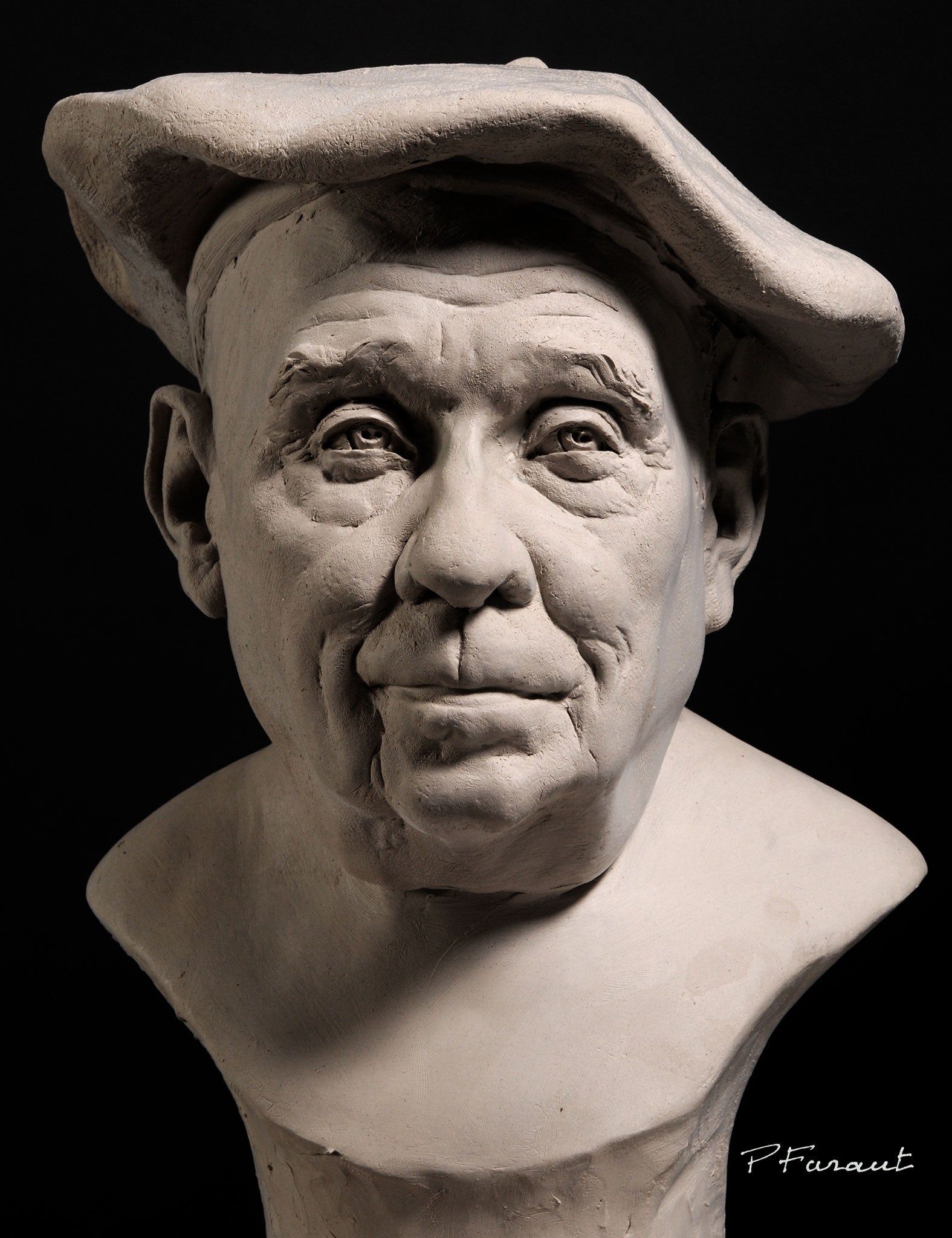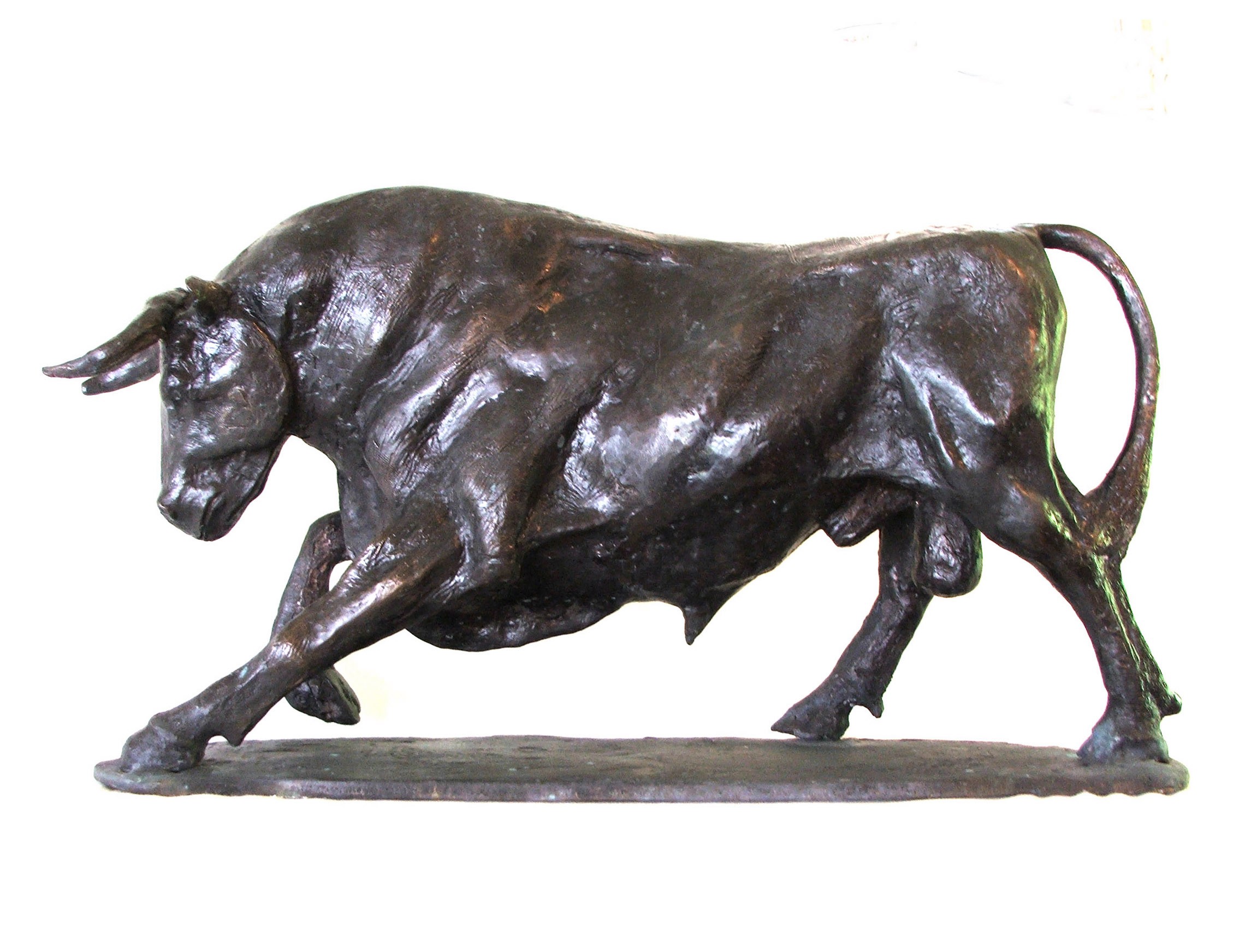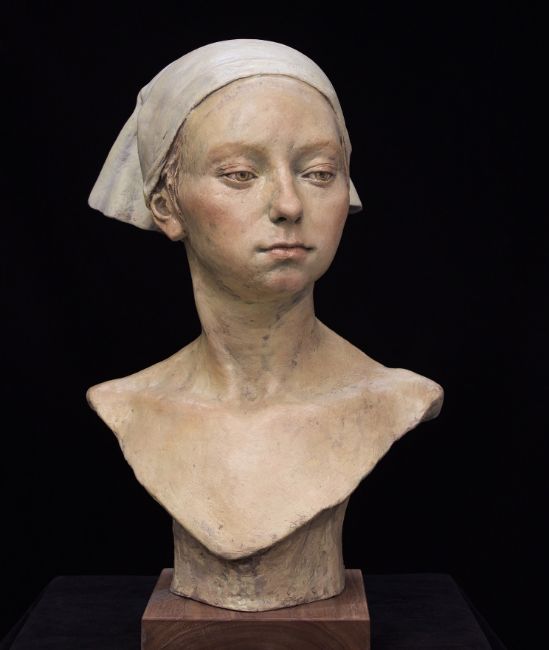Portrait Sculptor: Capturing Essence in Three Dimensions
Wiki Article
Exploring Various Materials in Sculpture Art
Sculpture art has long been a captivating and adored form of creative expression. From old stone sculptures to contemporary multimedias developments, artists have actually continuously checked out the countless possibilities of different materials. This exploration not only pushes the boundaries of creative thinking however also includes deepness and measurement to the artwork. In this short article, we will delve right into the fascinating world of exploring different materials in sculpture art. We will certainly discover the classic elegance of rock sculptures, the elaborate workmanship of steel masterpieces, the pliability of clay creations, the unique use multimedias, and the improvement of regular things right into remarkable artworks. Join us as we embark on a journey via the fascinating and diverse world of sculpture art.Stone Sculptures: Classic and ancient
Stone sculptures have actually long been appreciated for their enduring elegance and timeless appeal. Dating back thousands of years, stone sculptures have been a prominent kind of creative expression throughout countless cultures and civilizations. From the old Egyptians and Greeks to the Mayans and Chinese, musicians have used stone as a tool to create stunning artworks that have actually stood the examination of time.Among the essential factors for the long-term appeal of rock sculptures is the resilience of the material itself. Unlike various other tools that might deteriorate in time, rock has actually shown to be durable and able to withstand the components. This resilience has actually enabled rock sculptures to endure for centuries, functioning as a testament to the workmanship and skill of the artists that produced them.
In addition, rock sculptures have a feeling of permanence and strength that is unparalleled by other products. The weight and texture of rock provide sculptures a feeling of presence and substance, making them a centerpiece in any kind of room they live in. Whether displayed in galleries, gardens, or public rooms, stone sculptures command focus and evoke a sense of timelessness.
Moreover, the all-natural appeal of stone adds to its appeal as a medium for carvers. The distinct shades, patterns, and appearances discovered in various kinds of rock contribute to the aesthetic charm and imaginative expression of the sculptures. From the smooth beauty of marble to the rugged charm of granite, each kind of stone uses its own distinct aesthetic qualities, allowing musicians to produce truly one-of-a-kind items.
Metal Masterpieces: From Iron to Bronze
Proceeding the expedition of products in sculpture art, the transition from stone to metal produces a brand-new world of creative thinking and workmanship. Steel sculptures have a rich and long history, dating back to old human beings. From iron to bronze, musicians have actually used the one-of-a-kind homes of these metals to create work of arts that astound and motivate.
Bronze, on the other hand, offers a different collection of top qualities that musicians have actually utilized to wonderful impact. Its pliability and capacity to hold great details make it a perfect material for shaping detailed and delicate types. Bronze sculptures often radiate a sense of style and grace, with their refined agings and smooth surface areas.


Clay Creations: Flexible and Versatile
Clay sculptures, with their flexible and versatile nature, offer musicians a variety of innovative possibilities on the planet of sculpture art. Clay, an all-natural product made up of minerals and water, has been used by musicians for centuries to produce detailed and expressive sculptures.

Musicians can manipulate the clay utilizing their hands or devices, allowing for the production of elaborate details and appearances. This malleability provides musicians the liberty to experiment and check out various kinds and styles.
One more advantage of clay is its adaptability in terms of shooting strategies. Low-fired clay produces a fragile and porous surface, while high-fired clay creates a resilient and smooth surface.
In addition, clay offers musicians the chance to work in both additive and subtractive methods. They can build up layers of clay to produce a sculpture from scratch, or they can sculpt away excess clay to expose the wanted form.
Clay sculptures can be completed with different methods, such as glazing, painting, or adding other products like steels or timber. This further enhances the imaginative opportunities and enables the development of visually striking and special pieces.
To conclude, the pliability and versatility of clay make it a perfect tool for artists to explore their imagination in sculpture art. Its capability to be formed, terminated, and ended up in different ways opens a globe of possibilities, permitting artists to bring their visions to life via the responsive and expressive nature of clay sculptures.
Mixed Media Magic: Unconventional Products in Sculpture
With an expanding passion in pushing the borders of traditional sculpture, musicians have begun to accept multimedias as a means of including non-traditional products right into their creative developments. By integrating various products, artists can produce aesthetically striking and vibrant sculptures that test the visitor's understanding of what sculpture can be.Mixed media sculptures commonly include a mix of products such as wood, steel, material, found things, and even natural materials like plants or animal components. These unique materials include deepness, texture, and suggesting to the art work, enabling musicians to explore brand-new ideas and concepts.
One instance of mixed media sculpture is the work of musician Louise Nevelson - Contemporary Sculptures. She is understood for her assemblages made from discovered items and disposed of materials. Her sculptures, commonly repainted in monochromatic colors, create abstract and elaborate make-ups that evoke a sense of secret and symbolism
Another musician that makes use of combined media in sculpture is Ron Mueck. He develops hyper-realistic sculptures by combining materials such as silicone, fiberglass, and human hair. Mueck's sculptures challenge our assumption of scale and truth, as he often creates larger-than-life or small figures that show up unbelievably lifelike.
Blended media sculpture enables musicians to explore unusual products, increasing the possibilities of what sculpture can be. Equine Sculptures. By integrating different products, artists can produce provocative and unique art work that captivate and engage customers in new and unexpected means
Found Item Art: Transforming the Ordinary Into Remarkable
Found things art is a transformative method that elevates everyday things right into remarkable sculptures. This creative method entails using random, discarded items that are repurposed and offered new life. By including these discovered objects right into their job, artists challenge conventional notions of what constitutes art and produce provocative pieces that engage customers in distinct ways.The beauty of discovered things art hinges on its ability to change the regular into something remarkable. Musicians seek thrown out items such as old devices, home items, or perhaps natural products like branches and rocks, and use them as the foundation for their sculptures (Equine Sculptures). With careful setup, manipulation, and sometimes even alteration, these objects are changed right into captivating artworks that invite viewers to reevaluate the worth and capacity of everyday items
This art kind encourages visitors to question their preconceived ideas of charm and definition. By offering familiar objects in unknown contexts, discovered things art tests us to see the world in new and interesting ways. It urges us to look past the surface and find covert stories and connections within the items themselves.
Final Thought
In final thought, discovering various materials in sculpture art permits musicians to share their imagination and bring their visions to life. Blended media magic and found object art obstacle traditional ideas of sculpture, changing average products right into extraordinary jobs of art.From old stone sculptures to contemporary mixed media developments, artists have constantly explored the countless opportunities of different products. Clay sculptures, with their malleable and versatile nature, deal artists a vast range of creative opportunities in the world of sculpture art. Clay, an all-natural material made up of minerals and water, has been click here to find out more used by musicians for centuries to develop intricate and meaningful sculptures.
In verdict, the pliability and flexibility of clay make it a perfect tool for musicians to discover their creativity in sculpture art.In conclusion, checking out different products in sculpture art allows artists to express their creativity and bring their visions to life.
Report this wiki page